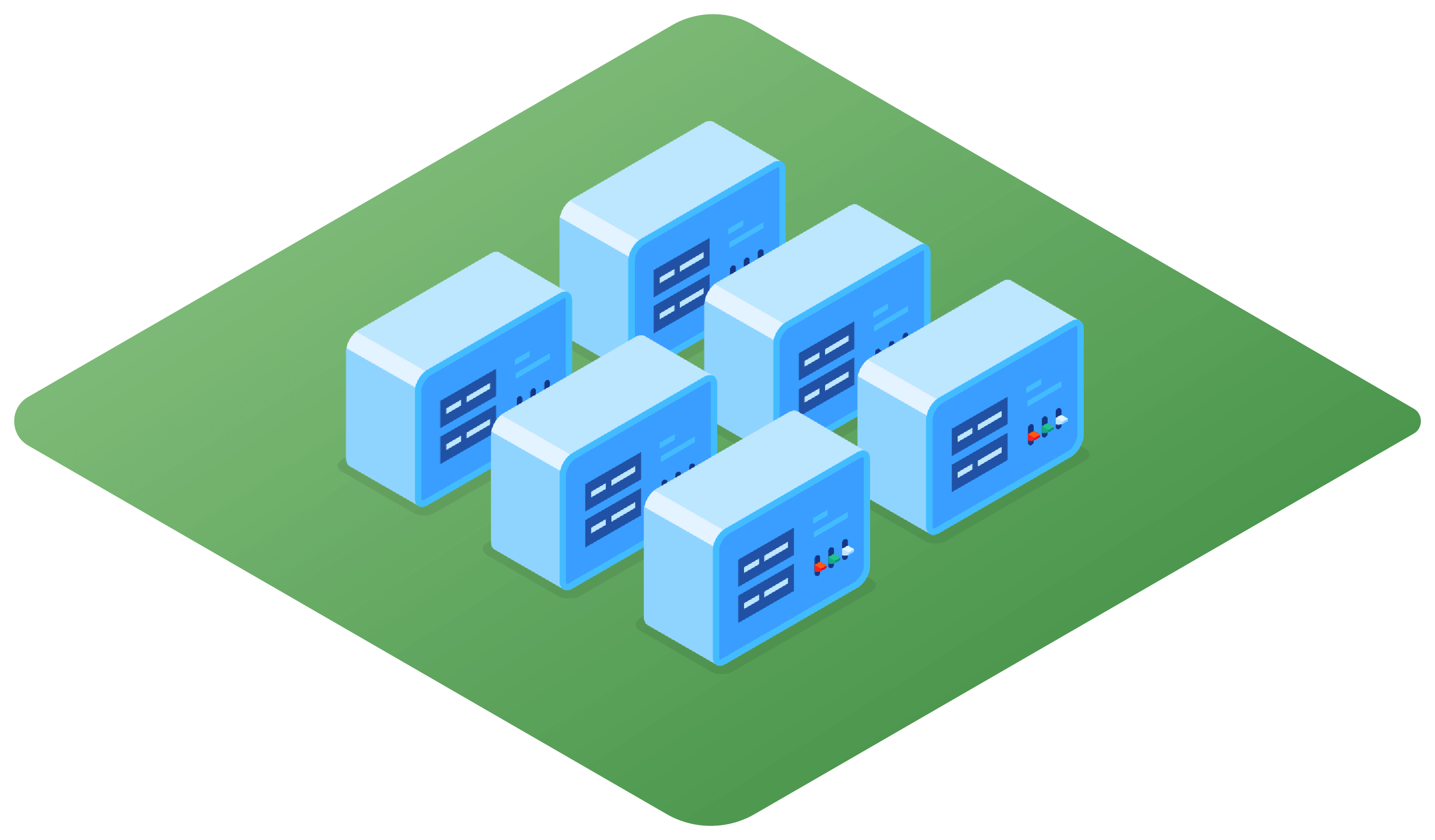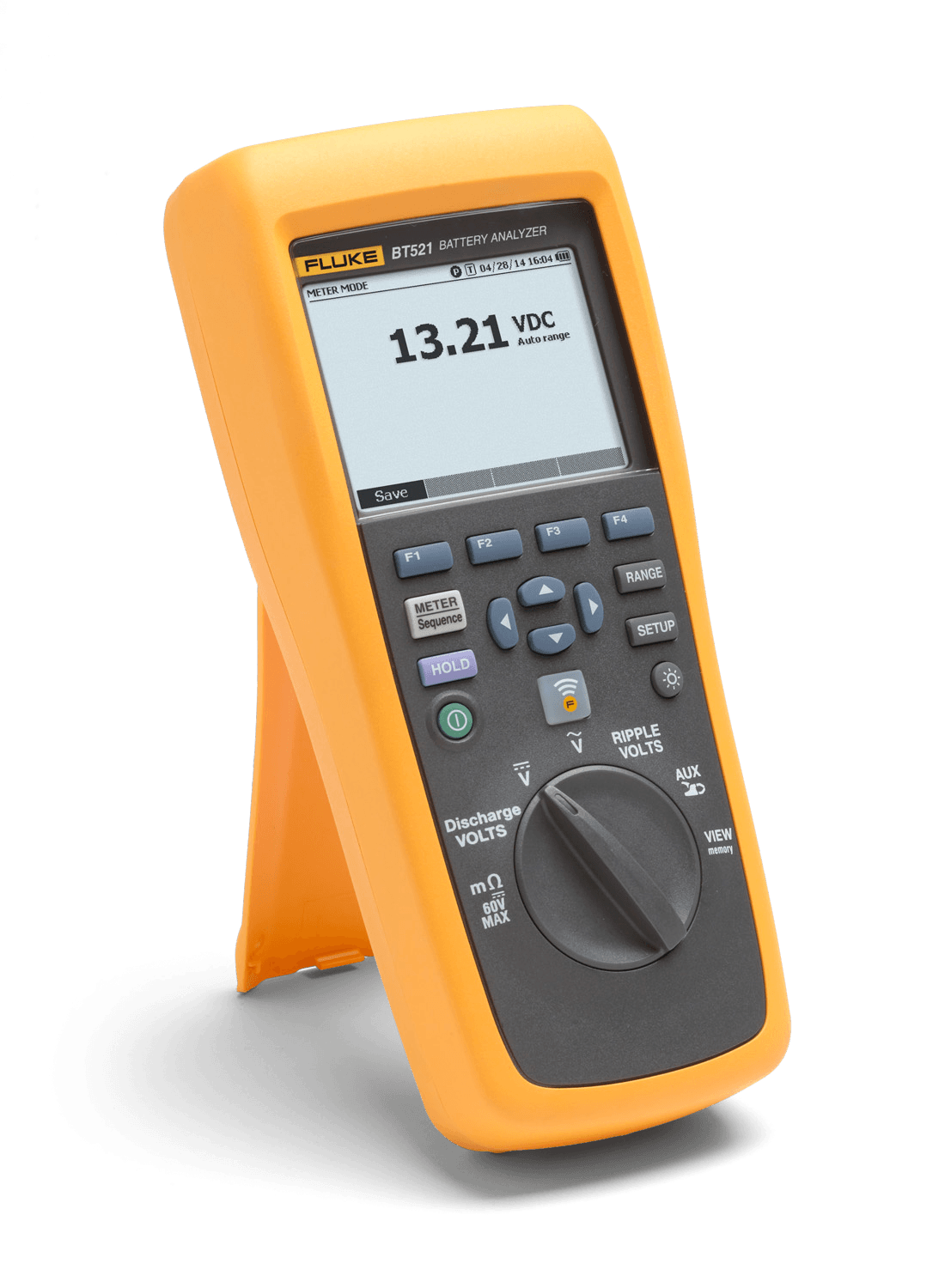Solar Panels
A single photovoltaic cell contains semiconductors that can convert sunlight into electricity. As photovoltaic cells only generate a limited amount of energy, numerous cells are connected together to create a single solar panel. Working together, multiple solar cells generate higher currents, and therefore more energy.
IDEAL FOR:

Support Solutions
Combiner Boxes
A Solar Combiner Box combines the output of numerous strings of PV modules for connection to the inverter. Generally, it houses the input overcurrent protection fuse assemblies for multiple strings. Amperage measurements and calculations are crucial to establishing whether the PV arrays are operating correctly.
IDEAL FOR:

Support Solutions
Battery Storage
Healthy batteries should maintain a capacity above 90% of the manufacturer’s rating. Most manufacturers recommend replacing the battery if its capacity falls below 80%.
Plate degradation, sustained high temperatures or an increase in resistance of more than 20% compared to the baseline or previous measurement are key signs of failure and require regular testing to ensure optimal performance and prevent downtime.
IDEAL FOR:

Support Solutions
Inverter Boxes
Solar panels generate DC electricity, and solar inverters are required to convert the power from DC to AC in order to make a connection to the utility grid. It is crucial to regularly check the inverter’s operating DC input voltage and current level and, on the AC side, the inverter’s output voltage and current levels, to ensure that the inverters are producing the correct output.
IDEAL FOR:

Support Solutions
Power Grid & Substation
The Electrical Substation is the key interface between the Utility Grid and Renewable Installations. All substations require a comprehensive maintenance programme including the testing of Transformers, Circuit Breakers, Batteries & Chargers, Relays and Isolating Circuit Switches.
IDEAL FOR:

Support Solutions



















